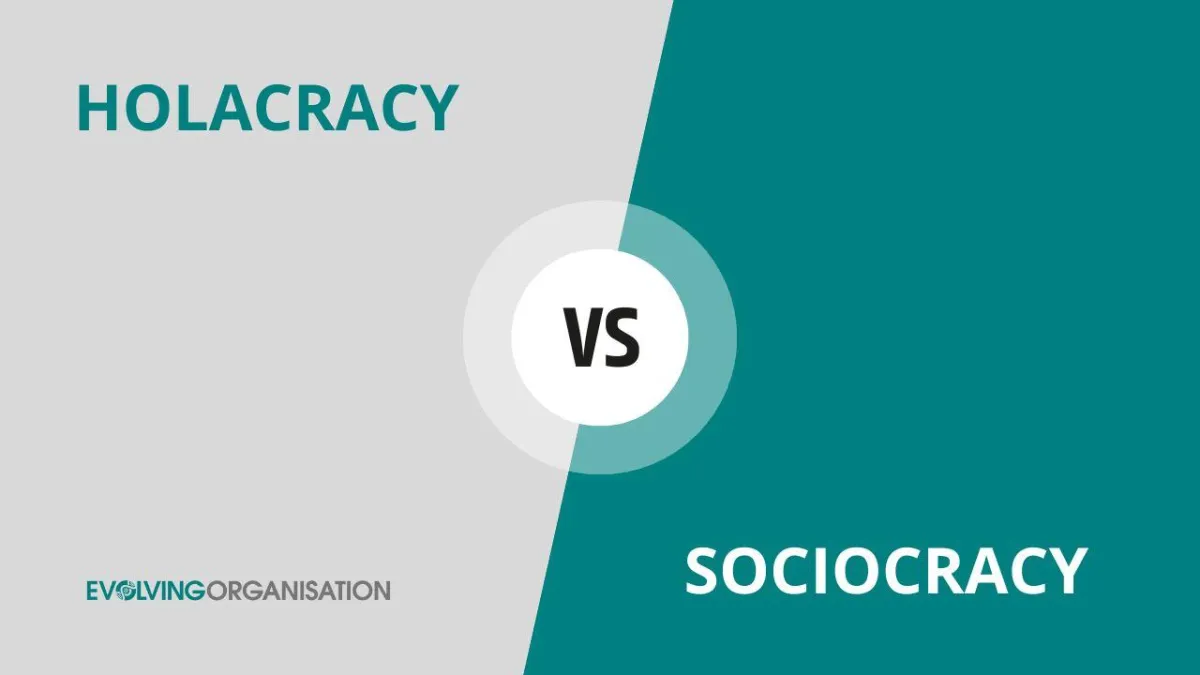
Sociocracy vs Holacracy: Similarities, Differences and Comparison
What Are the Similarities and Differences Between Them?
Sociocracy and Holacracy are two innovative systems designed to move organisations beyond traditional hierarchies. Both aim to decentralise decision-making, foster transparency, and empower teams to self-manage.
While they share core principles, they differ significantly in structure, implementation, and organisational culture. This article explores their origins, compares their features, highlights their advantages and disadvantages, and discusses their real-world applications.
Understanding these differences helps organisations choose the system that best suits their needs for agility, inclusion, and resilience.
A Brief History of Sociocracy and Holacracy
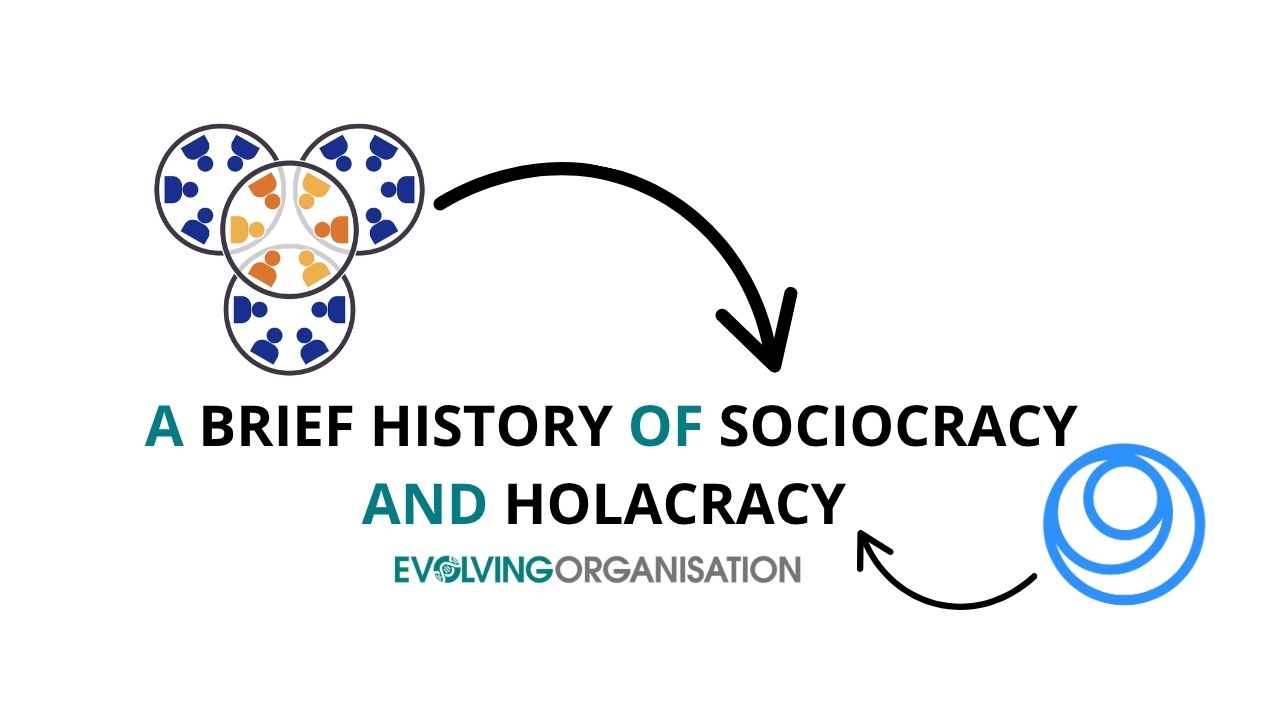
Sociocracy originated in the 1970s, developed by Dutch engineer Gerard Endenburg. It was inspired by cybernetics and systems theory, aiming to create organisations that operate with consent and equivalence. Its goal was to promote participative governance, ensuring everyone’s voice influences decisions.
Holacracy was created by Brian Robertson in the early 2000s. It evolved from ideas of self-management and organisational agility, aiming to replace rigid hierarchies with a flexible, role-based structure.
Holacracy drew from Sociocracy, Agile Software and GTD amongst other sources. Holacracy formalised these principles into a comprehensive system, with specific processes for governance and operations, defined by a rule-set called the Holacracy Constitution.
Both systems are rooted in the principles of self-organising teams and distributed authority, which are central to The Beyond Hierarchy Project.
Comparison Table of Sociocracy and Holacracy
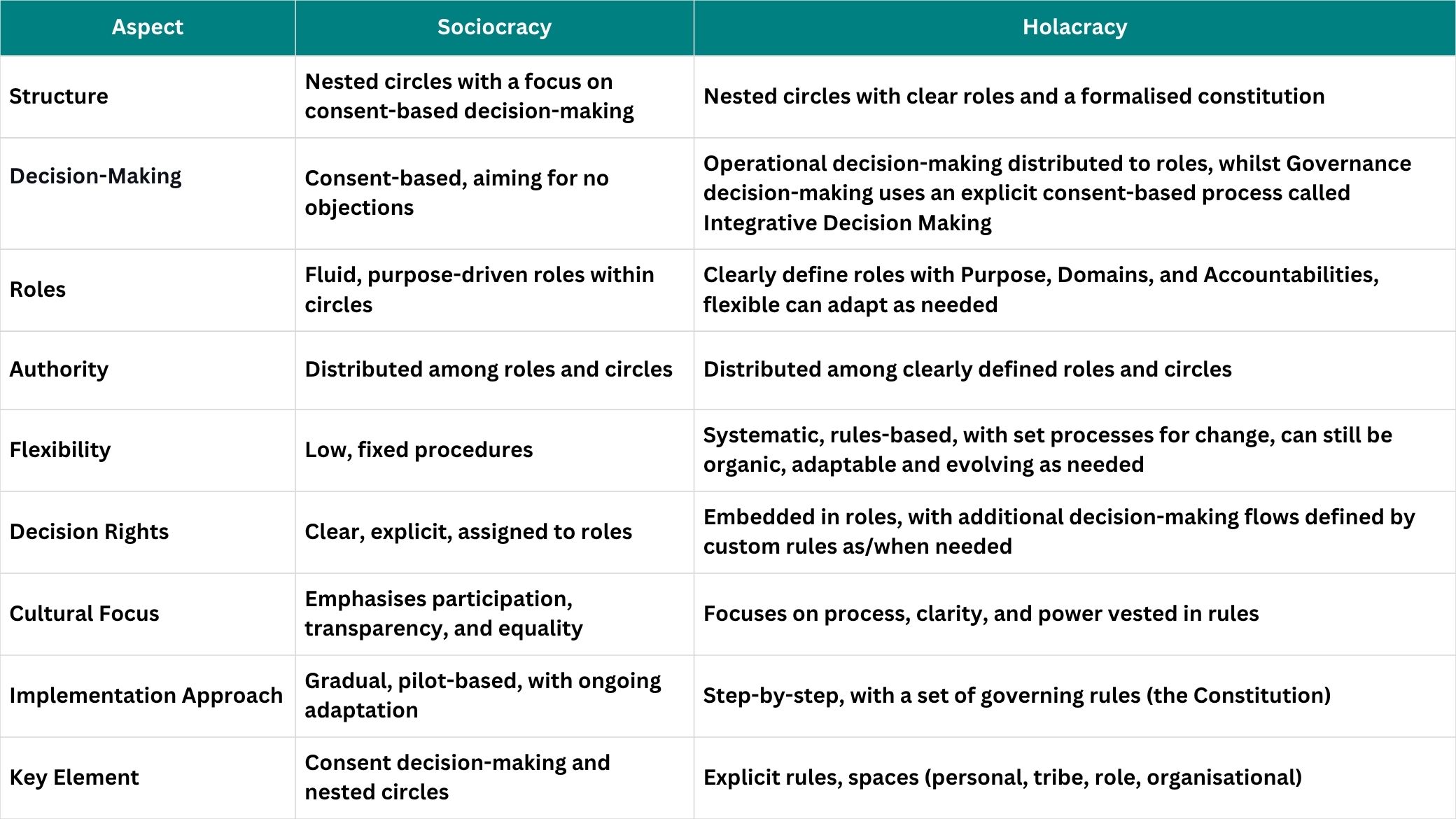
Advantages & Disadvantages
Sociocracy
Advantages:
Promotes inclusive participation and consent.
Ensures organisational transparency.
Fosters engagement and shared responsibility.
Supports adaptability through nested circles.
Disadvantages:
Can be complex to implement initially.
Requires ongoing training and facilitation.
Decision-making can slow if consensus is difficult.
Not suitable for organisations resistant to participative change.
Holacracy
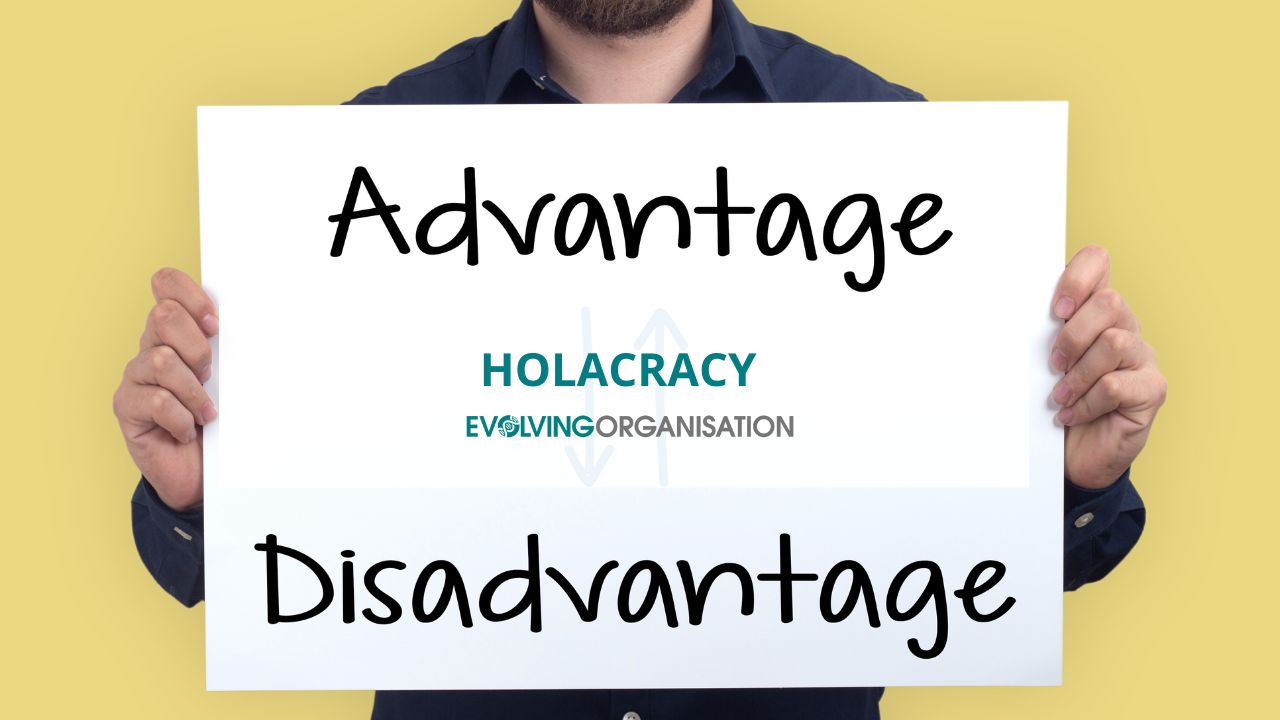
Advantages:
Clarifies roles, responsibilities, and decision rights.
Enables rapid decision-making through structured processes.
Promotes transparency and accountability.
Empowers employees and fosters innovation.
Disadvantages:
Complex to adopt and maintain.
Demands cultural change and continuous training.
Can be perceived as rigid due to formal processes.
Less effective in organisations resistant to decentralisation.
Learn About Holacracy pros and cons in detail
Examples
Holacracy

Zappos: Transitioned to Holacracy to promote autonomy and innovation.
Mercedes-Benz.io: Uses Holacracy to facilitate rapid digital transformation.
Valsplat: Embraces Holacracy to shift beyond traditional hierarchies and empower teams.
Sociocracy
Mid-sized tech companies: Many adopt sociocracy to foster participation and agility.
Educational organisations: Use sociocratic principles to involve staff and students in decision-making.
Comparison of Features of Sociocracy vs Holacracy and Other Models of Management
Image with thanks courtesy of Bernhard Bockelbrink at Evolving Collaboration
Challenges of Holacracy and Sociocracy
Sociocracy
Implementation can be slow initially due to consensus processes.
Requires a cultural shift towards inclusion and participation.
Can become bureaucratic if circles grow too large.
Holacracy
Demands significant training and ongoing coaching.
Can feel rigid or overly procedural.
May face resistance from traditional management cultures.
Similarities Between Sociocracy and Holacracy
Both systems promote self-management and Holacracy promotes distributed authority and decision-making whilst Sociocracy promotes more shared authority and decision-making.
They rely on structured processes like regular meetings to surface tensions and update roles.
Both aim to increase transparency, engagement, and organisational agility.
They support organisations in navigating complexity and rapid change.
Cultural Differences Between Sociocracy and Holacracy
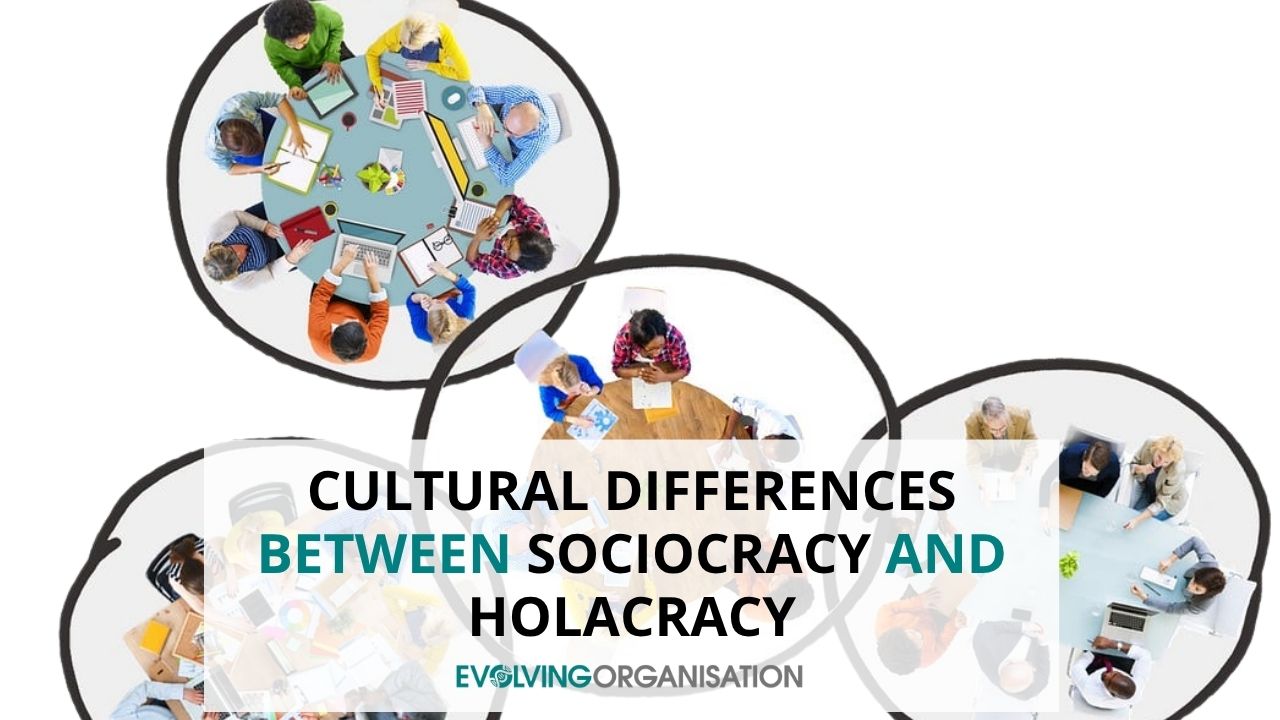
Sociocracy tends to be more inclusive and consensus-driven, emphasising equality and participation.
Holacracy is more formalised, with strict rules and processes codified in the Holacracy Constitution.
Sociocracy often suits organisations with a collaborative culture, while Holacracy appeals to those seeking a structured yet flexible system.
Working Differences Between Sociocracy and Holacracy
Decision-Making: Sociocracy uses consent and aims for full agreement; Holacracy uses structured governance meetings to surface tensions and make decisions within roles.
Roles and Circles: Sociocracy organises roles within nested circles that are fluid; Holacracy defines roles with specific Purpose, Domains, and Responsibilities within circles.
Both can be integrated gradually, often starting with pilot circles
Both allow for organic evolution in response to a fast-changing world.
Final Thoughts
Both sociocracy and Holacracy are powerful systems rooted in self-organising teams and distributed authority, offering organisations new ways to operate in complex, uncertain times. The choice between them depends on organisational culture, size, and readiness for change.
Both systems require commitment, ongoing training, and a willingness to shift traditional mindsets. When implemented with clarity and purpose, they can transform organisations into more resilient, innovative, and engaged entities.
Holacracy can be adopted in full, or just the practices that suit a specific team or organisation can be adopted. If you are interested on embarking on this journey, we can help you to assess your organisation’s readiness and ensure you have the resources and mindset to sustain the changetake our free 10-minutes Team Needs check here to find out if your team has needs that this approach could help.
Our Team Clarity & Faster Decision-Making program can then help you do a full or partial adoption of Holacracy practices. With the right approach, such post-hierarchical ways of working can be a powerful tool for navigating today’s complex and uncertain business landscape.
If you want to learn these practices in depth, programs like Team Clarity & Faster Decision-Making and The Meetings Revolution offer step-by-step guidance and practical tools to help your team make these shifts confidently and effectively.
When you move beyond hierarchy and empower your team to own their roles, communicate openly, and adapt quickly, you don’t just improve performance—you create the foundation for lasting success in a fast-changing world.
This blog serves as a continuation of our commitment to improving performance and decision-making within organisations. Stay tuned for our next instalment, where we will delve deeper into a range of practical tools that do this.
For more insights and resources, visit our website. Together, let’s evolve and adapt to the challenges of our dynamic world and build a better, more collaborative future—together.


